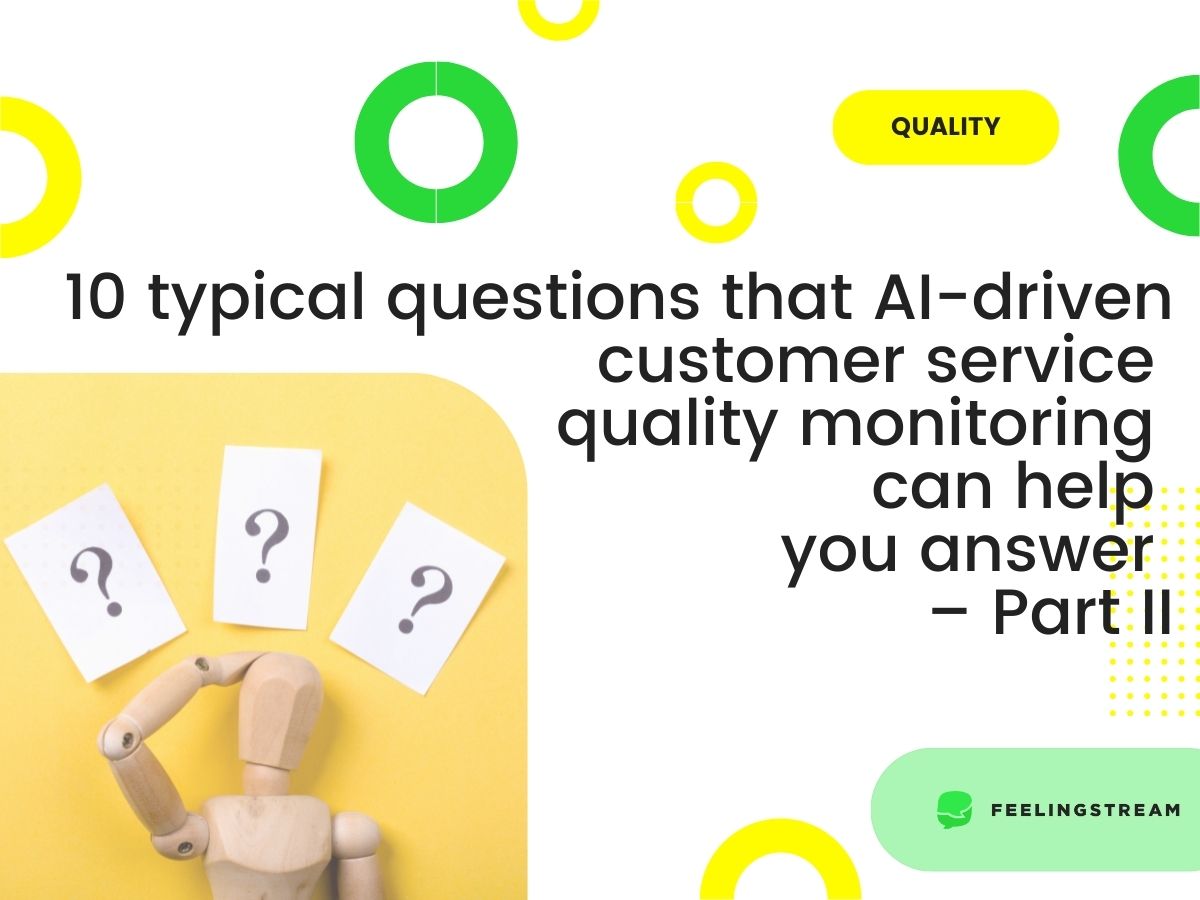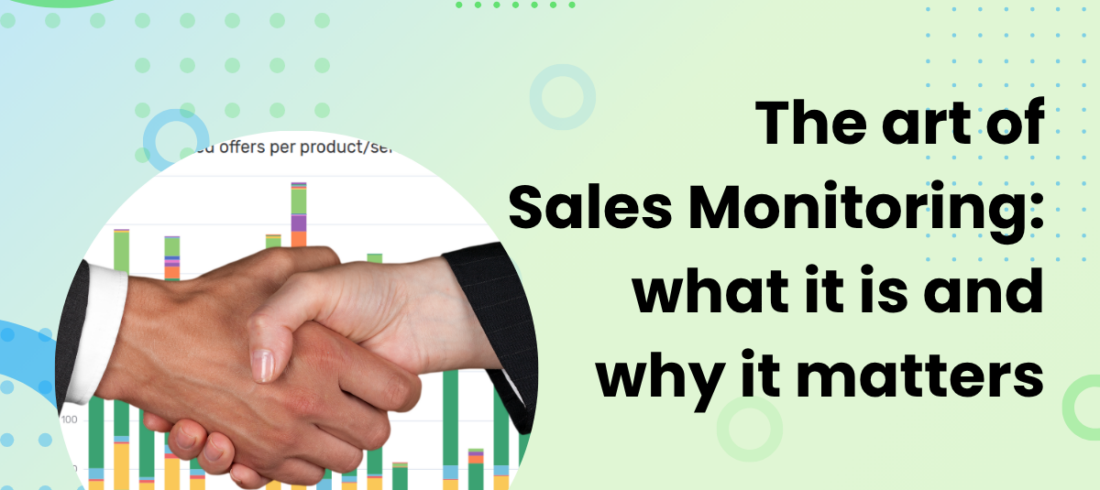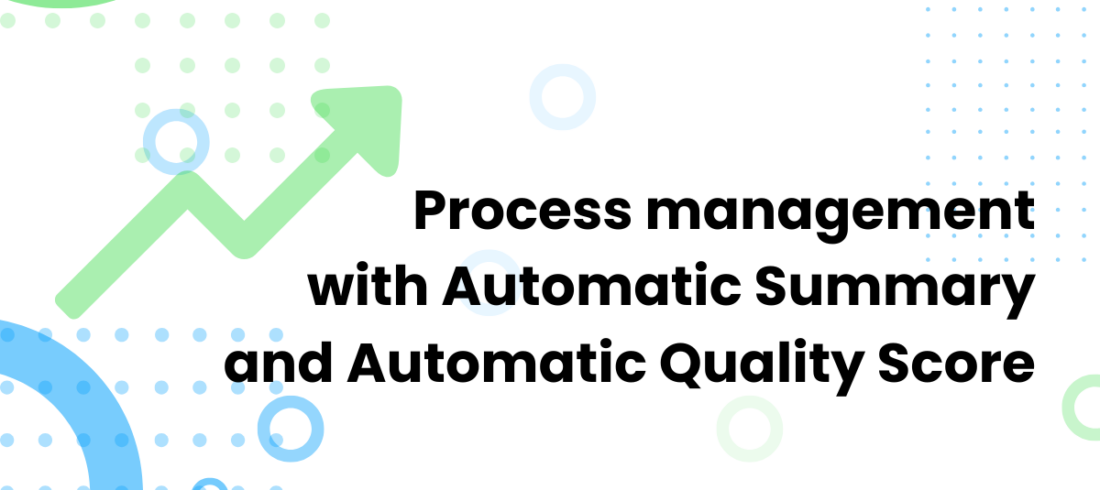In our last blog post we explained how examining a random sample of calls is not the most efficient way of call quality monitoring to increase customer satisfaction rates, sales, and improve your digital channels. With this post we take you further into the world of automated customer service quality monitoring and share ten common business questions that we can help you answer with our AI-driven analytics platform.
1. “Why do our customers call customer service?”
Many companies do not have a good understanding of why their customers call their customer service. Calls can be manually registered according to topic. However, these pre-selected options that the agents are given to choose from are not always detailed enough.
With Feelingstream’s call analytics platform you can see why customers really call you. They may call because of billing issues or to ask for help with a technical issue. More importantly, you are able to go into detail and see a real picture of your customers’ issues. By analyzing call transcripts based on specific topics you can find out what can be improved.
2. “How well do all our agents follow call guidelines?”
When customer service quality monitoring relies on a random sample, as it is done in most companies today, quality managers do not get an actual overview of how well agents follow call guidelines. On our analytics platform you are able to set up searches to monitor calls. You can see where call guidelines are being followed and where they are not.
One of our telecom clients saw a major improvement of increasing their agents’ competence of following call guidelines 60% in just 3 months!
Their quality manager used dedicated searches around key call guidelines. The improvement was so great because they could systematically focus on each point in their call guideline and focus on improving agents’ competences based on a large volume of calls.
3. “Where are different teams or individual agents weakest?”
Examining a random small sample of calls does not give an overview of the weaknesses of an agent or a team as you are not able to see the patterns in their interactions.
For example, if a team is not doing great with sales in their calls, you can monitor that team’s progress as well as get performance data on each individual in that team.
This type of monitoring is something that has to be done continuously – you need to look after all of your agents, but it is clear that the ones that are struggling will need you more. When you tailor your monitoring and training to your agents’ actual needs, you can keep up with everything that is going on and make sure your priorities lie where they need to be.
4. “What can we improve so customers don’t feel the need to call?”
Analyzing call transcripts does not only give insight into what can be done to improve customer service. It also highlights issues with digital channels such as self-service, product information on websites etc. This kind of data is also invaluable customer feedback for product owners and the company as a whole.
Our AI topic model helps you detect common topics in customer interactions. You can take that one step further with dedicated searches to go deeper into particular problems. You’ll be able to get customer insight on what confuses customers about billing, self-service or a technical issue. Then, you can continuously monitor your dedicated searches over time. When you see a new pattern emerging, you can collaborate with product owners. You can make changes as a team and therefore improve the customer experience.
5. “What new problems have come up?”
You launched a new product, changed something on customer invoices or modified your self-service. You stand on the call center floor and you can hear phones ringing like crazy. Where’s the fire? How can you fight it?
Thanks to ongoing monitoring you can take action and use our tool to discover any new issues that come up and involve relevant stakeholders (e.g. product owners), quickly send out additional messaging or troubleshooting steps to customer service agents. Feelingstream will be your fire extinguisher in such scenarios, helping you to stay ahead of any issues before they get out of hand.
6. “Are agents successful at First Call Resolution?”
First Call Resolution is one of those call quality parameters that is a „must“ for customer service. This is because it is important to reduce repeated calls. Repeated calls generally mean lower customer satisfaction rates as well as additional cost for companies.
With Feelingstream’s dedicated searches you can easily find repeated callers. This makes it easy for you to investigate what was the issue. You can understand why the agent wasn’t able to solve the customer’s problem in the first call.
When you find that you keep receiving repeated calls regarding certain topics, then changes are in order after careful analysis of those calls.
7. “What prevents customers from using our digital channels?”
When customers call to ask for help, they usually mention whether they have tried to use self-service, chatbot or the app. They will also tell the customer service agent why they failed to solve their issue on their own.
It is important to investigate such reasons based on the call transcripts, thereby finding out what customers struggle with. This helps you enhance those channels and sort out the issues there. With this knowledge you can decide whether you need to do. Do you change your digital channels, train your agents, or maybe even change customer service processes?
We wrote more about using our call analytics platform to improve your self-service portal here.
8. “How can we reduce unwanted calls?”
When many customers call to ask for the same kind of information that they should be able to easily find on your website or self-service, then that typically warrants a fix. These are the types of calls we would label as „unwanted calls“ and which need to be eliminated.
After you have found out what information customers keep calling you about, you can make changes. Change your website, self-service and app to make sure that relevant information is easily found. Monitoring your dedicated searches will later on also show you whether calls have stopped coming in regarding that topic.
9. “How can we increase upselling on inbound calls?”
You have a new product or campaign going on and you want to know how your agents are selling? In Feelingstream’s call analytics platform you can make dedicated searches according to your product or campaign and check how the agents are doing promoting it. You can check their sales arguments, explanations etc.
Several of our clients have discovered that agents can end up confusing customers while explaining the benefits of a product. Quality managers have used this data and trained agents to make changes in how agents explain the products to the customers.
As an example, one of our telecom clients was struggling to reach their monthly sales targets for a newly launched product. After using Feelingstream to help analyze their failed sales calls and doing dedicated training based on this new insight, they started exceeding their sales month after month. All it took was tweaking a few sentences. But first it was important to know which sentences in particular needed tweaking.
10. “How can we improve our agents’ conversational skills?”
Analyzing calls based on call characteristics such as call tempo, silence, talk ratio, and average handle times is an additional way of finding problematic calls and improving service quality.
Our AI technology lets you use conversational features as filters. You can use these filters to detect those calls that are outside of the average norm. The next step is to investigate what goes on in those calls.
For instance, our clients have often been surprised by the amount of calls they have that are very short or very long. Such calls can reveal issues such as lack of agent competence to handle a call, technical problems that need intervention, lack of information on their website that leads to lots of short calls etc.
Changing your customer service quality monitoring for the better
These are the ten typical questions that Feelingstream can help you answer and solve. Your customer service quality monitoring can be made much more efficient and easy for you with the help of AI. If you would like to know more, or you have more specific questions about what our platform can do for you, get in touch with us.




